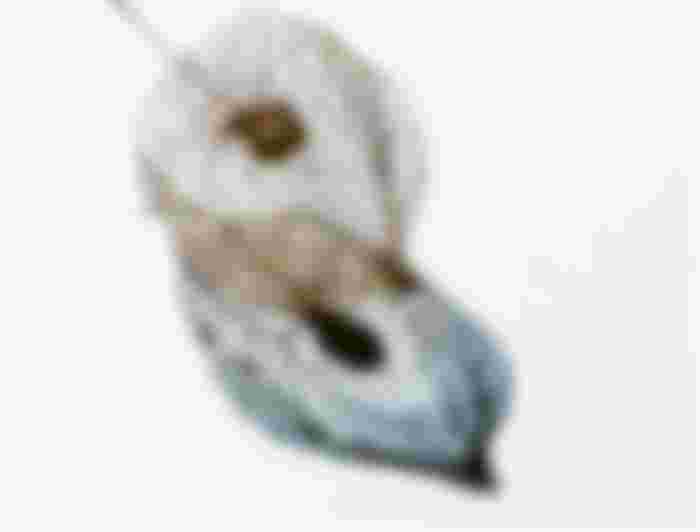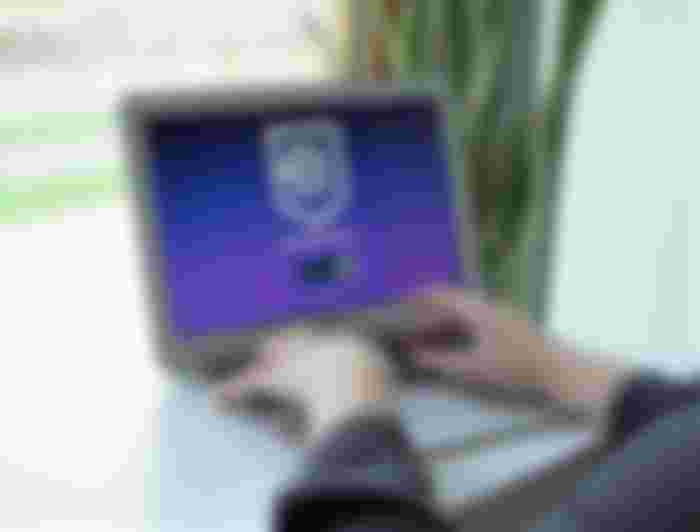Non-fungible tokens, or NFTs, are becoming a popular new form of digital ownership. You might be wondering what exactly they are and how they work. This blog post will explain the basics behind these exciting new assets!
It’s important to note that non-fungible does not mean non-valuable. There is still value in each individual token because it is unique, which means you can trade them on an open market like any other cryptocurrency. That said, NFTs do have some key differences from more traditional cryptocurrencies that make them worth exploring for certain purposes like game design and collectibles trading.
Up until recently, the only way to prove ownership of digital assets was through a centralized database website. This meant that one person could own all the content posted on these sites, meaning that there could be no ‘digital scarcity’. However, with blockchain technology, it is now possible for anyone to create scarce digital assets without needing any kind of central authority to manage them. For instance, if I create an NFT called “John-Doe-artwork” and trade it with you, what I actually ended up trading you was not my token, but proof that the asset exists within the blockchain.

NFTs are tokens whose value lies in their ability to represent other things outside themselves like game items, collectibles, and so on. Because they are non-fungible (read: non-interchangeable) they must be handled as unique units within a program or website.
Will Be using Project On Ethereum Blockchain Has An ExampleNFTs can be used to represent anything with a value attached to it, but we’ll be focusing on some of the most popular use cases illustrated by blockchain gaming companies like Decentraland and CryptoKitties. In these kinds of applications, NFTs are used to signify ownership over digital assets that exist within the virtual world.
The benefit of this kind of application is that an individual person can own an infinite amount of digital goods without there being a cost associated with each one, in other words, there is no “balance” that has to be maintained.
With a traditional videogame, if I have two rare items in my inventory and I want a third one, the only way for me to get it is by buying or earning another item which will replace one of my existing ones when it is either sold or destroyed. In contrast, with non-fungible tokens, there can be potentially infinite amounts of digital assets without any associated fees. As this technology advances, each user will own an “infinite inventory” within their virtual world application.

The main benefit that blockchain assets bring to gaming is that users do not need to trust a developer in order to play the game fairly—they can trust the rules established in the open source code itself.
This means that a developer can’t suddenly decide to drop in-game weapons, for example, which they give only to their friends or the highest bidder. In addition, because NFTs exist in a decentralized system it is impossible to hack them from the outside.
If someone gains access via hacking it is because the private key has been given away by either accident or on purpose and once this happens with traditional cryptocurrencies like Bitcoin you are out of luck entirely.
In contrast, with virtual world applications utilizing NFTs each user owns their own private keys and this allows them to make trustless transactions with other users within their shared virtual environment.
Will Be using Project On Ethereum Blockchain Has An ExampleWhat can NFTs be used for outside of blockchain gaming?
NFTs are also gaining popularity in the area of digital collectibles. So since the rapid growth of NFT an artist or company might create a limited number of digital collectibles tokens which represent something interesting from their brand—like a new car design or a special edition version of a videogame console.
The benefit to doing it this way is that there is no need for one person to own all items from a certain set because each token has its own value and thus incentivizes trading between individuals without any central authority involved.

In addition, there is enormous potential in using NFTs to track ownership over non-digital assets like insurance claims, real estate, event tickets, and so on. For example, if you have an old antique table that’s worth $20k then each leg of the table could be represented by one NFT token.
Now let’s say your home gets damaged in a fire instead of having to pay for 10% of the insurance claim with actual money, you can use NFT tokens instead to signify partial ownership over the table. This means that each insured party would receive 10% of future profits generated from selling or repairing the table until they paid off their initial investment (in this case, until someone pays 1/10th of $20k = $2k).
A big problem with using digital assets to track real-world information is that our current world is designed to operate on traditional fiat currencies which can be copied and manipulated by a third party. For example, let’s say you have some land which you pay $1k per month to lease. This means that each month the landlord would collect $12k before passing on the leftover profits from rents paid by other tenants. Now, with NFTs instead of traditional currency, there is no way for a developer or anyone else to directly access this information. They could only change it by going through the owner themselves (i.e., whoever has possession of that private key).
What will happen as NFTs become more popular?

In essence, what blockchain asset technology does is make all transactions trustless because there is no possibility for a central party to cheat you. As these types of NFTs become more popular and easier to use, it will be natural that the business world begins adopting them as an alternative to traditional currencies. Once this happens, new businesses won’t start as some small company which raises money through angel investors or venture capitalists they will start as a smart contract on a blockchain, pre-funded with its own tokens and ready for trading on global exchanges.
In addition, there may not even need to be a physical good involved at all because we could just trade digital information instead of wasting resources and energy transporting items back and forth across continents whenever we want something new. Some examples might include downloading virtual objects like car designs which you could then 3D print at a local maker’s shop or having a drone drop off a new pair of shoes that you ordered from Amazon.
With this shift in the way business is done, we can expect to see changes in how taxes are collected as well as government spending because there won’t be any need for them anymore. In fact, most economic systems today are built around the idea of taxing businesses and individuals through inflation so that they always have an incentive to spend their money instead of hoarding it. Once our world begins moving towards trustless digital holdings these currencies will become obsolete because everyone can just withdraw what they need from a central pool based on the number of tokens they own.
Alright, I think I get it - NFTs are going to change the world, but how will they actually work? BCH

In order for NFTs to be easier to use and for people all over the world to adopt them instead of traditional currencies like dollars and euros, they need a few things:
(1) an easy way to purchase NFT tokens through a simple interface;
(2) software which allows you to easily trade with other people; and (
3) some sort of “bank” where you can store your tokens safely in case something happens.
However, even though there is quite a bit of research going into making NFTs easier to use (see this paper on adding NFTs to the SmartBCH Bitcoin Cash protocol ) they aren’t currently very user-friendly because SmartBCH Blockchain is still in its infancy.
In addition, these digital currencies may have an image problem with many mainstream consumers because they have been associated with money laundering schemes and illegal activities. This is why it will be important for enthusiasts to continue explaining how Smart contracts work so that the public becomes more educated about the benefits rather than just focusing on the negative aspects.
Currently, there are already 3 NFT Marketplace coming to Smartbch; Oasis, Rares, and Offroad.Cash ( My Project - Still in beta phase and not available to the public yet) which will allow users to mint, trade, and sell their NFT Token.
The UI will be updated
Support OffRoad NFT Marketplace Project On Sponsor Campaign





Have been seeing NFTs but I never really know what it means. Cause I'm not really into trading